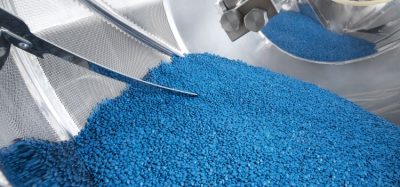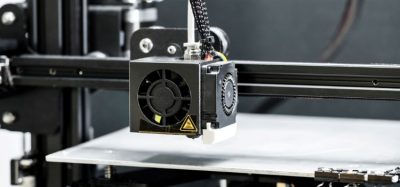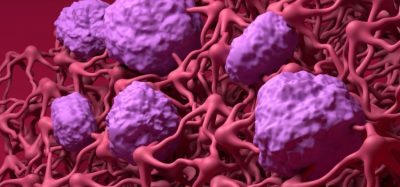Novel implantable polymer could improve controlled release of drugs
Posted: 25 May 2021 | Hannah Balfour (European Pharmaceutical Review) | No comments yet
Using piezoelectricity, electricity produced in response to mechanical stress, researchers have developed a novel controlled drug release system for the treatment of chronic conditions.


Researchers have developed a novel controlled drug release method. The system uses a membrane made of polymer threads loaded with therapeutic drugs which is then implanted into the body, where mechanical forces can be administered to activate the polymer’s electric potential and slowly release the drugs.
According to the system’s developers, a group led by bioengineers at University of California (UC) – Riverside, US, the membrane overcomes some of the biggest limitations of conventional drug administration, including repeated administration; non-specific biodistribution in the body; the long-term unsustainability of drug molecules; and high cytotoxicity, all of which pose a challenge for the efficient treatment of chronic diseases, such as cancer, that require varying drug dosages over time for optimal therapeutic efficacy. Additionally, it conquers some of the challenges associated with controlled release methods, which typically involve encapsulating drug particles in biodegradable containers that dissolve over time to release the drug, making it difficult to deliver drugs on a schedule. Others involve a battery-powered device that are not biocompatible.
Jin Nam, an associate professor of bioengineering in UC Riverside’s Marlan and Rosemary Bourns College of Engineering, runs a lab that works with biocompatible polymers to build frameworks known as scaffolds that help stem cells repair tissues and organs. One of these polymers, poly(vinylidene fluoride-trifluro-ethylene), or P(VDF-TrFE), can produce an electrical charge under mechanical stress. Nam realised this property, known as piezoelectricity, made the polymer a potentially viable candidate for a drug release system.
![An implantable piezoelectric nanofiber polymer membrane delivers precise amounts of drugs under mechanical force [Credit: Jin Nam/UC Riverside].](https://www.europeanpharmaceuticalreview.com/wp-content/uploads/piezoelectric-nanofiber-polymer-membrane-375x210.jpg)
![An implantable piezoelectric nanofiber polymer membrane delivers precise amounts of drugs under mechanical force [Credit: Jin Nam/UC Riverside].](https://www.europeanpharmaceuticalreview.com/wp-content/uploads/piezoelectric-nanofiber-polymer-membrane-375x210.jpg)
An implantable piezoelectric nanofiber polymer membrane delivers precise amounts of drugs under mechanical force [Credit: Jin Nam/UC Riverside].
His team used a technique called electrospinning to produce P(VDF-TrFE) nanofibers layered in a thin mat. According to the researchers, structuring the material in nanoscale by electrospinning optimised the sensitivity of the resulting nanofibers so the drug delivery system would respond to physiologically safe magnitudes of force while remaining insensitive to daily activities. The large surface area of the nanofibers also allows them to adsorb a relatively large quantity of drug molecules.
After embedding the film in a hydrogel that mimics living tissue, the team ran a series of tests using therapeutic shockwaves generated enough electric charge to release an electrostatically attached model drug molecule into the surrounding gel. The researchers found that they could tune the drug release quantity by varying the applied pressure and duration.
“This piezoelectric nanofiber-based drug delivery system enables localised delivery of drug molecules on demand, which would be useful for diseases or conditions that require long-term, repeated drug administration, such as cancer treatments,” Nam explained. “The large surface area-to-volume ratio of nanofibrous structure enables a greater drug loading, leading to a single injection or implantation that lasts longer than conventional drug delivery.”
According to the team, compared to traditional drug delivery systems based on degradation or diffusion release that typically show an initial burst release followed by different rates of release, the linear profile of drug release from the piezoelectric-based system allows for the precise administration of drug molecules regardless of implantation duration. They added that repeated on-demand drug release tests showed a similar amount of drug release per activation, confirming the robust control of release rate.
The team also noted that the sensitivity of the drug release kinetics can be tuned by controlling the nanofiber size to a range that is activated by therapeutic shockwaves, often used for musculoskeletal pain treatment with a handheld device. Smaller, more sensitive nanofiber sizes can be utilised for implantation in deep tissues, such as near a bone under muscles, while less sensitive larger nanofibers could find use in subcutaneous applications to avoid false activation by accidental impact.
The study was published in ACS Applied Bio Materials.
Related topics
Drug Delivery Systems, Medical Devices, Research & Development (R&D), Technology, Therapeutics









